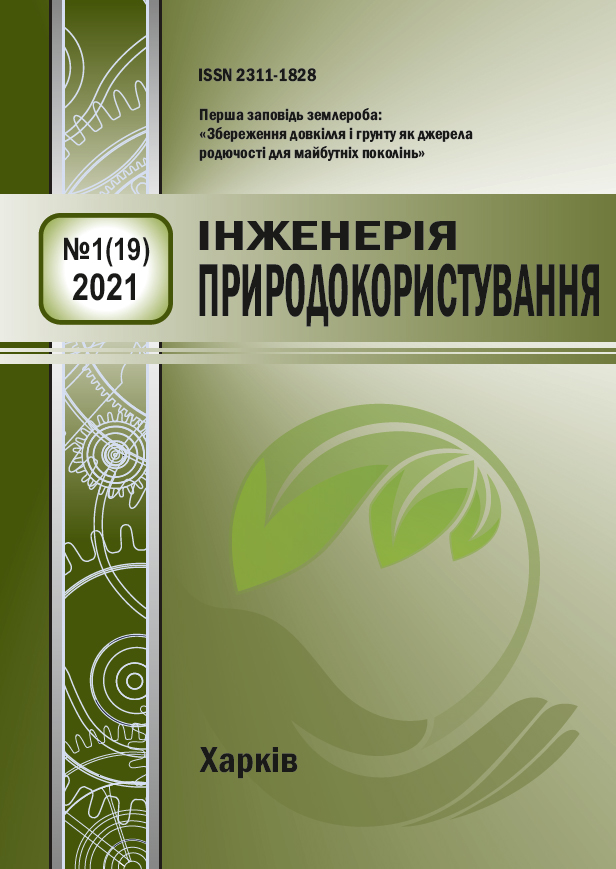Analysis of actual loads in soil cultivation machines
Abstract
In solving the problems of further development of the agricultural sector of our country an important place is occupied by issues of increasing agricultural production. Therefore, recently attention is paid to the problems of agricultural engineering. New samples are made and machines for tillage are reconstructed, measures are taken to increase the capacity and expand the technological capabilities of factories - manufacturers of agricultural equipment. As a result, domestic farmers are equipped with modern machines, designed and manufactured new models of high-performance equipment. High productivity of tillage machines is achieved mainly due to the increase in tillage speeds, width of the soil, etc. This leads to a significant increase in the power parameters of the drives and, as a consequence, to the high voltage of all elements of transmissions and working bodies. Recently, the stresses in the transmissions when calculating the contact endurance using a range of constant technological loads have increased by 30%, and the resistance to fatigue wear of the teeth - by more than 50%. And although machine builders have managed to increase the level of allowable stresses by about the same amount during this period and thus seem to compensate for the growth of such design stresses, spare parts costs have more than doubled in recent years, the number of failures has doubled. The growth of agricultural production and supply of spare parts for new equipment is outpacing the growth of production of the equipment itself. One of the main reasons for this unfavorable situation is that the quantitative growth of energy parameters of new equipment has led to qualitatively new problems in the creation of agricultural equipment, to solve which the design practice was unprepared. Agricultural machine builders have encountered a significant increase in tillage machines for non-technological loads that exceed the established technological ones. The creation of workable machines for tillage under conditions of intensive loads has become an acute problem, the solution of which largely depends on the technical and economic indicators of new and reconstructed machines.

